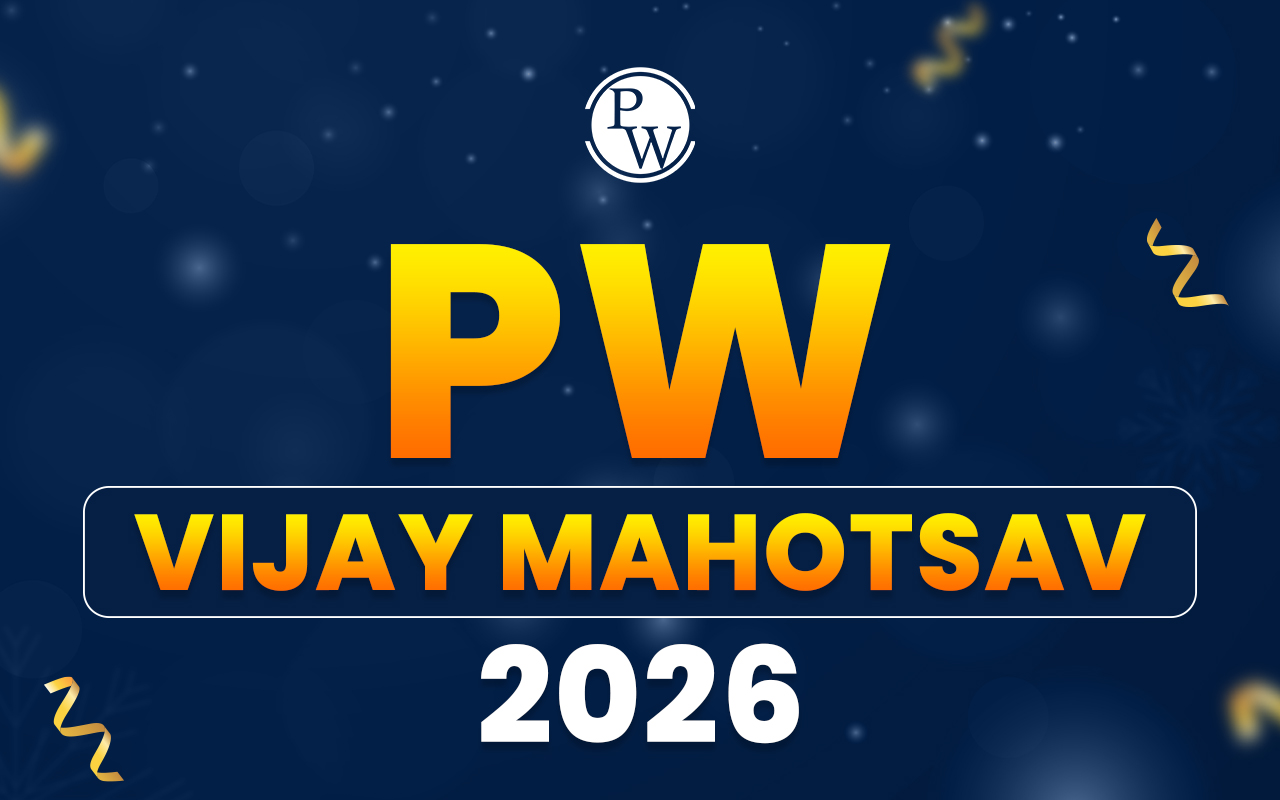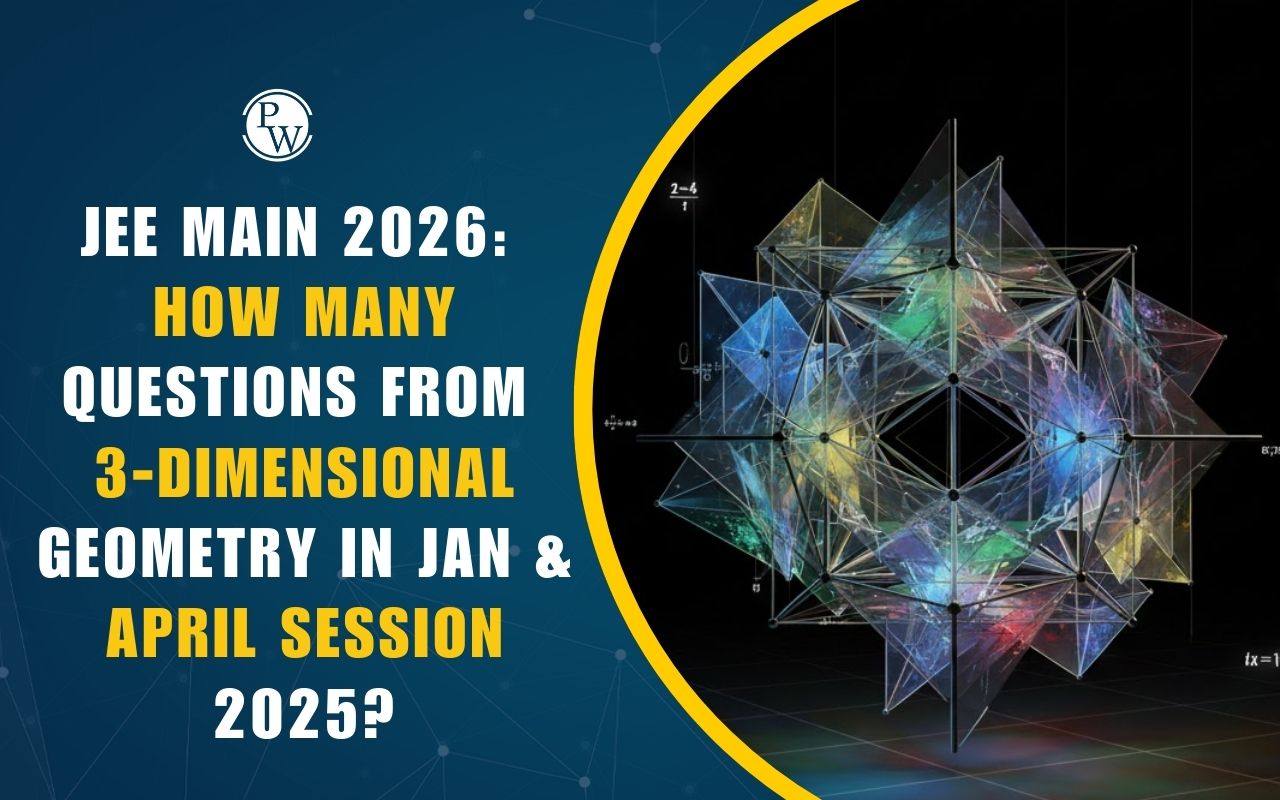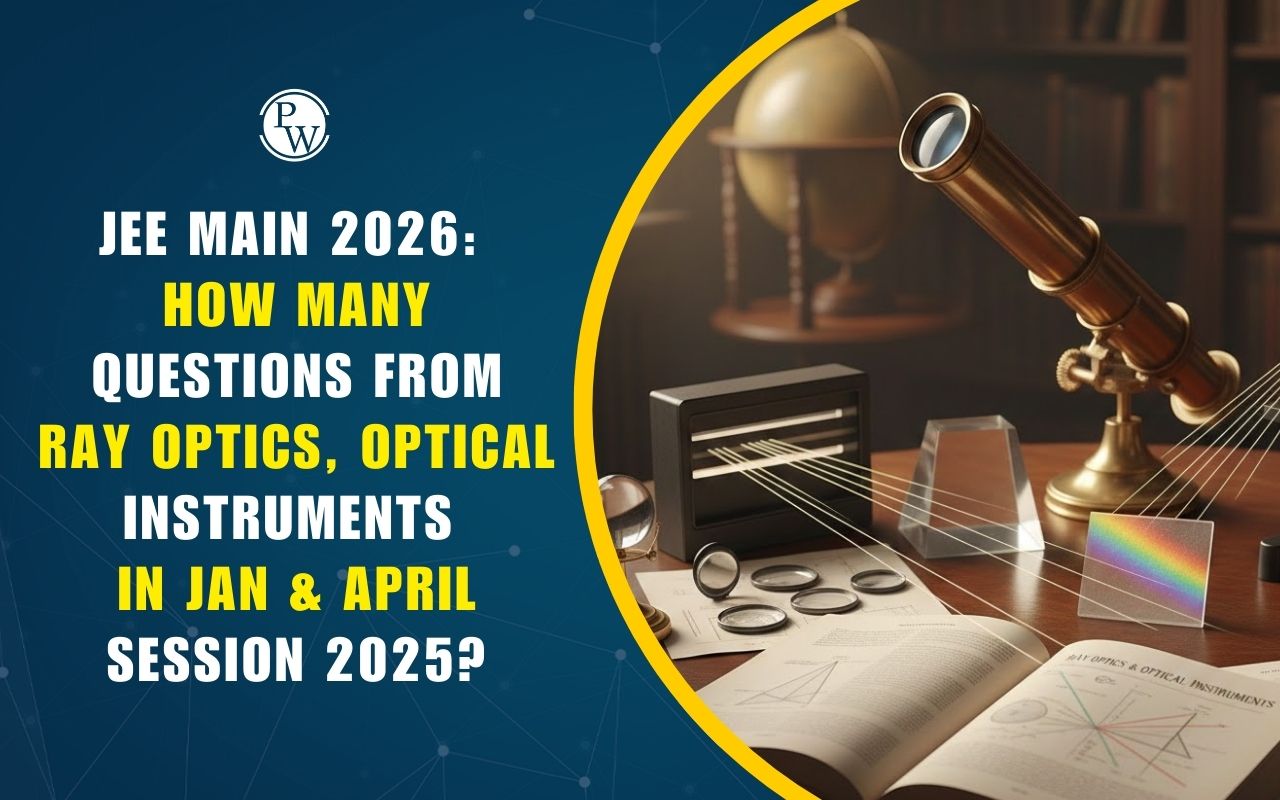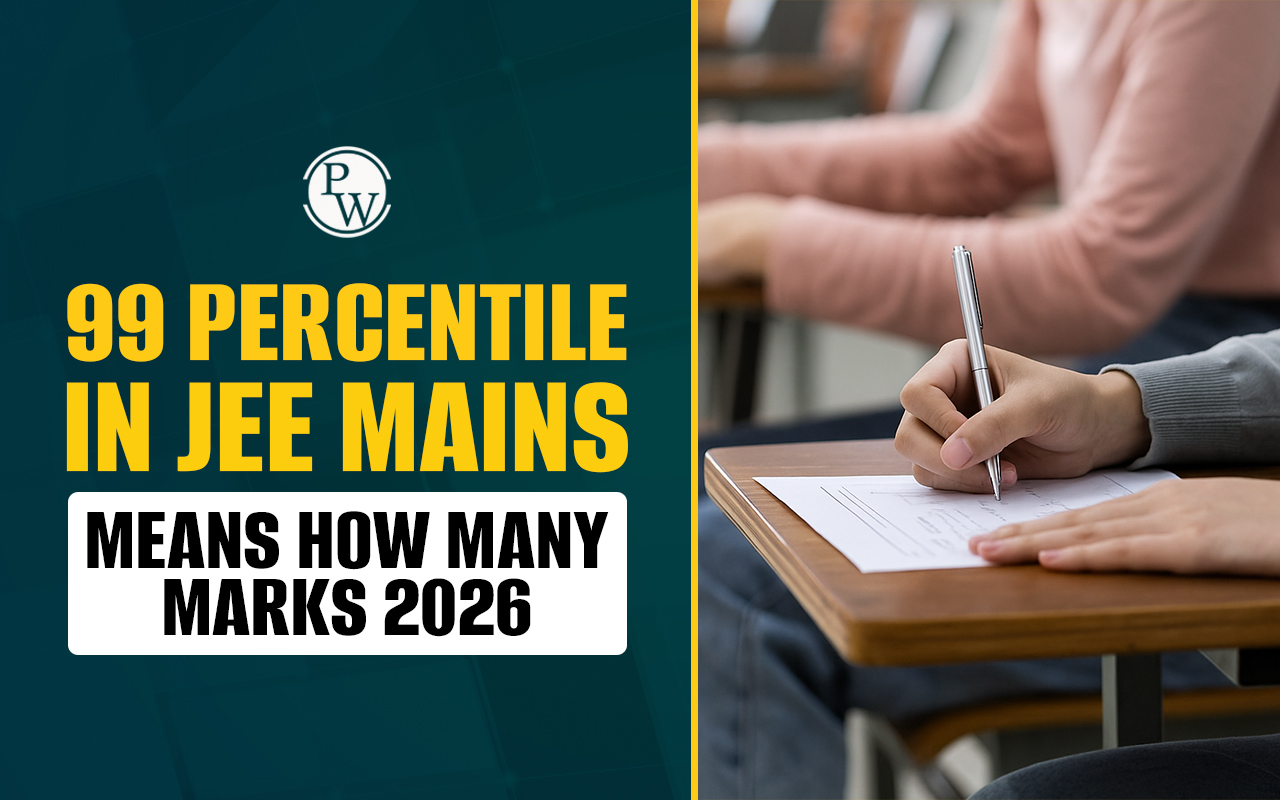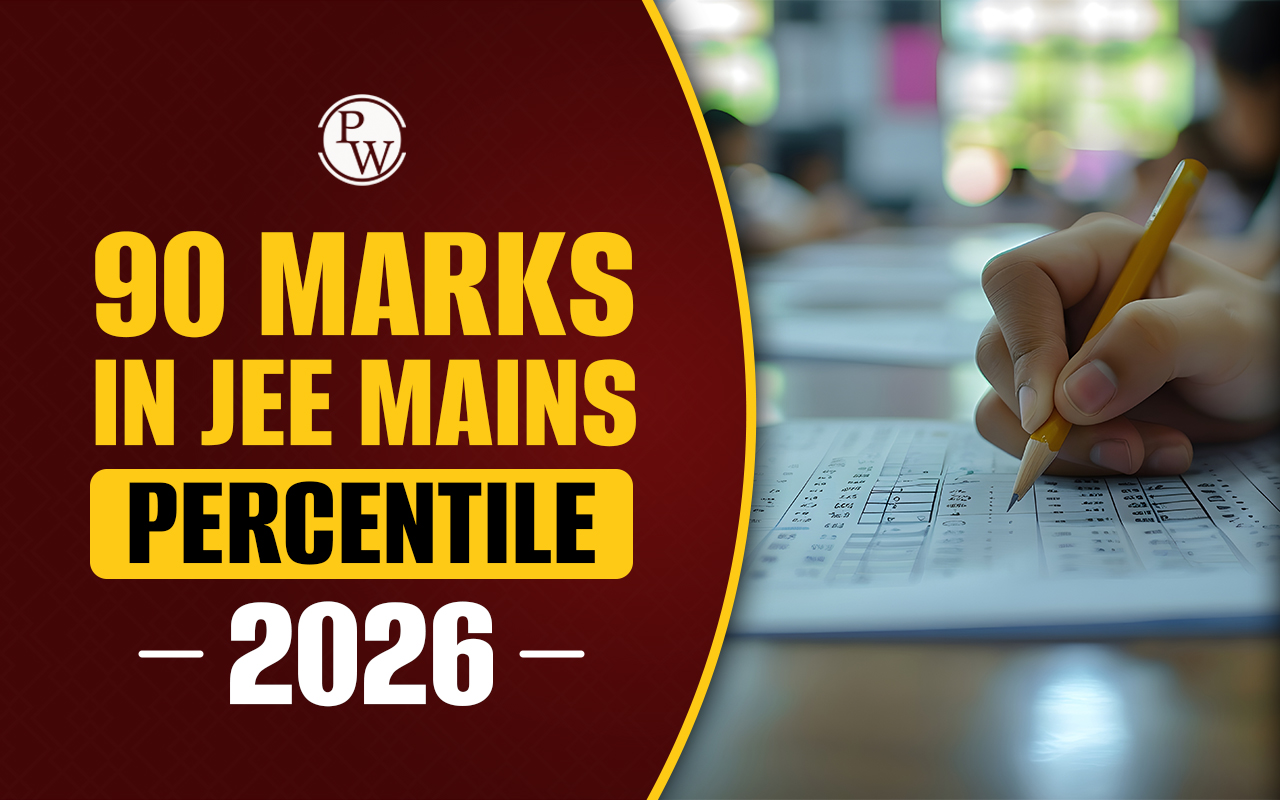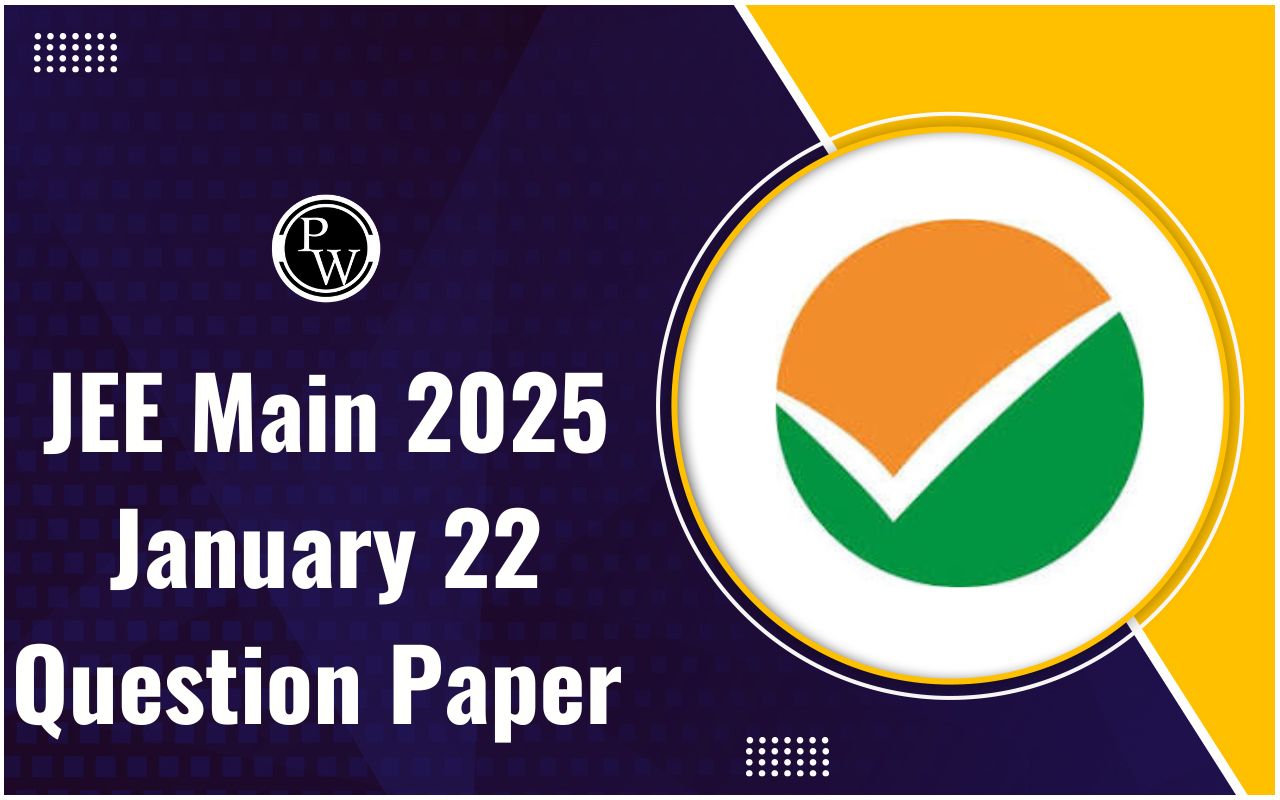
JEE Advanced 2026 exam pattern is highly significant for students who wish to get admission into top IITs. Currently, the official JEE Advanced paper pattern for 2026 has not yet been released by the IIT that will host the exam. But following the JEE Advanced exam pattern of previous years, the 2026 exam is also likely to be of the same structure, with minor changes (if any).
We have described the JEE Advanced 2026 paper pattern in simple terms, based on the latest information and trends.
Also Check:
JEE Advanced Exam Pattern 2026 Overview
JEE Advanced 2026 will be an online test with two mandatory papers, Paper 1 and Paper 2, both three hours' long (JEE Advanced time duration). The papers will contain different types of questions in JEE Advanced, e.g., single correct and multiple correct MCQs, numerical answer-based, and matching type. The JEE Advanced marking scheme with full, part, and zero marks will be accuracy-based.
A brief structure of the JEE Advanced exam pattern 2026 for both papers is provided below, offering an understanding of the JEE Advanced CBT pattern:
|
JEE Advanced Exam Pattern 2026 Overview |
|
|
Exam Detail |
Description |
|
Exam Conducted By |
One of the IITs (To be announced) |
|
JEE Advanced exam mode |
Online(Computer-based Test) |
|
Medium of the examination |
English and Hindi (JEE Advanced exam language options) |
|
Total time duration |
3 hours for each paper (4 hours for PwD candidates) |
|
Number of Papers |
Two (Paper 1 & Paper 2) – both mandatory |
|
Subjects Covered |
Physics, Chemistry, Mathematics |
|
Number of questions in JEE Advanced 2026 |
51 (17 questions in each subject) |
|
Types of questions in JEE Advanced |
MCQs, NAT, Matching-type |
|
Marking Scheme |
Includes full, partial, zero, and negative marks |
This trend is the exam pattern of JEE Advanced 2026, which prepares candidates for the evolving test format.
Explore - JEE Online Courses by PW
JEE Advanced Exam Pattern for Paper 1 B.Tech/B.E.
The JEE Advanced exam pattern for Paper 1 is designed to check conceptual understanding and application skills.
There are 51 questions in total, consisting of 17 questions from each of Physics, Chemistry, and Math. This makes the paper balanced as equal weightage is provided to all three subjects.
This trend is a part of the IIT JEE Advanced exam pattern 2026 and indicates the JEE Advanced 2026 exam marks trend, including both theory and problem-solving abilities.
Each subject is further divided into four sections with varying marks and question types:
-
Section I: MCQs with a single correct answer
-
Section II: MCQs with multiple correct options
-
Section III: Numerical Answer Type (NAT) questions
-
Section IV: Matching-type or comprehension-based questions
This format shows the JEE Advanced total marks distribution and highlights the importance of accuracy in scoring well in the JEE Advanced maximum marks.
| JEE Advanced Maths Syllabus 2026 | JEE Advanced Chemistry Syllabus 2026 | JEE Advanced Physics Syllabus 2026 |
JEE Advanced Exam Pattern for Paper 2 B.Arch & B.Plan
Admissions to B.Arch and B.Plan programs at IITs such as IIT Roorkee and IIT Kharagpur are not based on the standard JEE Advanced Paper 2 used for B.Tech/B.E. Instead, candidates must qualify the JEE Advanced exam and then appear for a separate test known as the Architecture Aptitude Test (AAT).
This test has its own structure and does not follow the JEE Advanced exam pattern for engineering programs.
|
JEE Advanced Exam Pattern for Paper 2 B.Arch & B.Plan |
|
|
Particulars |
Details |
|
Exam Name |
Architecture Aptitude Test (AAT) |
|
Applicable For |
B.Arch & B.Plan admissions at IIT Roorkee, IIT Kharagpur |
|
Eligibility |
Only for candidates who qualify JEE Advanced |
|
Mode of Examination |
Offline (Pen and Paper-based) |
|
Exam Duration |
3 Hours |
|
Subjects Covered |
- Freehand Drawing - Geometrical Drawing - Three-dimensional Perception - Imagination and Aesthetic Sensitivity - Architectural Awareness |
|
Marking Scheme |
No official announcement on negative marking Marks based on drawing & aptitude skills |
Subject-Wise Question Distribution in JEE Advanced 2026
Understanding JEE Advanced total questions and marks per subject is crucial. Each subject carries equal weight with 17 questions and a total of 60 marks (JEE Advanced full marks per subject), showing a consistent JEE Advanced 2026 exam pattern. Below is the Subject-Wise Question Distribution in JEE Advanced 2026:
|
Subject-Wise Question Distribution in JEE Advanced 2026 |
||
|
Section |
Number of Questions |
Total Marks |
|
Section I |
4 |
12 |
|
Section II |
3 |
12 |
|
Section III |
6 |
24 |
|
Section IV |
4 |
12 |
|
Total |
17 Questions |
60 Marks |
This reflects the JEE Advanced total marks clearly, helping students target preparation.
JEE Advanced 2026 Marking Scheme and Question Types
The JEE Advanced 2026 exam pattern will consist of single correct, multiple correct, and numerical-type questions. The JEE Advanced marking scheme includes full, partial, and negative marking. For Paper 1 and Paper 2, scoring depends on accuracy and correct option selection. It is crucial to know the JEE Advanced 2026 marking scheme and question types in order to attempt well and not incur loss of score.
Follows is the provisional marking scheme for Paper 1 and Paper 2:
JEE Advanced 2026 Marking Scheme for Paper 1
The following table presents the IIT JEE Advanced exam pattern and the marking scheme for each section of Paper 1.
|
JEE Advanced 2026 Marking Scheme for Paper 1 |
|||
|
Section |
Number of Questions |
Total Marks |
Marking Scheme |
|
Section 1 |
4 |
12 |
+3 if ONLY the correct option is chosen 0 if none is chosen -1 in all other cases |
|
Section 2 |
3 |
12 |
+4 if ALL correct options are chosen +3 if all four correct options but ONLY three are chosen +2 if three or more correct but ONLY two are chosen +1 if two or more correct but ONLY one is chosen 0 if unanswered -2 in all other cases |
|
Section 3 |
6 |
24 |
+4 for correct answer 0 for no attempts |
|
Section 4 |
4 |
12 |
+3 if ONLY the correct option is chosen 0 if none is chosen -1 for wrong attempt |
JEE Advanced Exam Pattern for Paper 2
The structure and marking scheme of each section in JEE Advanced Paper 2 are outlined in the table given below.
|
JEE Advanced 2026 Marking Scheme for Paper 2 |
|||
|
Section |
Number of Questions |
Total Marks |
Marking Scheme |
|
Section 1 |
4 |
12 |
+3 if ONLY the correct option is chosen 0 if unanswered -1 in all other cases |
|
Section 2 |
3 |
12 |
+4 if all correct options are chosen +3 if all four correct options but ONLY three are chosen +2 if three or more correct but ONLY two are chosen +1 if two or more correct but ONLY one is chosen 0 if unanswered -2 in all other cases |
|
Section 3 |
6 |
24 |
+4 for correct answer 0 if unanswered No negative marking |
|
Section 4 |
4 |
12 |
+3 if ONLY the correct option is chosen 0 if unanswered No negative marking |
These marking schemes show that the JEE Advanced 2026 exam marks pattern is tough and competitive.
JEE Advanced 2026 Mode of Examination and Language Options
JEE Advanced 2026 Mode of Exam and Language Options remain the same as earlier, so the candidates are used to it. The test will be conducted in Computer-Based Test (CBT) mode, otherwise referred to as the JEE Advanced CBT pattern. It presents a uniform and smooth interface at all testing centers through an online mode.
Candidates can select the language of their choice for the JEE Advanced exam, either English or Hindi, while they register, so that the exam is made available to students of different linguistic backgrounds.
As per the new trend in JEE Advanced 2026, PwD candidates are given an additional hour for each paper. While each paper is usually attempted in 3 hours, PwD candidates will have 4 hours for each paper to ensure a comfortable and fair testing environment.
Together, the online test pattern of JEE Advanced continues to provide equal access, normalcy, and flexibility to all appearing in 2026.
JEE Advanced Exam Pattern 2026 FAQs
What is JEE Advanced 2026 marking scheme?
When will the details about the JEE Advanced 2026 marking scheme be released?
How does scoring take place in the JEE Advanced 2026 exam?
Where do I find authentic information about the JEE Advanced 2026 exam?
Does JEE Advanced 2026 have negative marking?
JEE Advanced is of how many marks?
How many questions are there in JEE Advanced?


